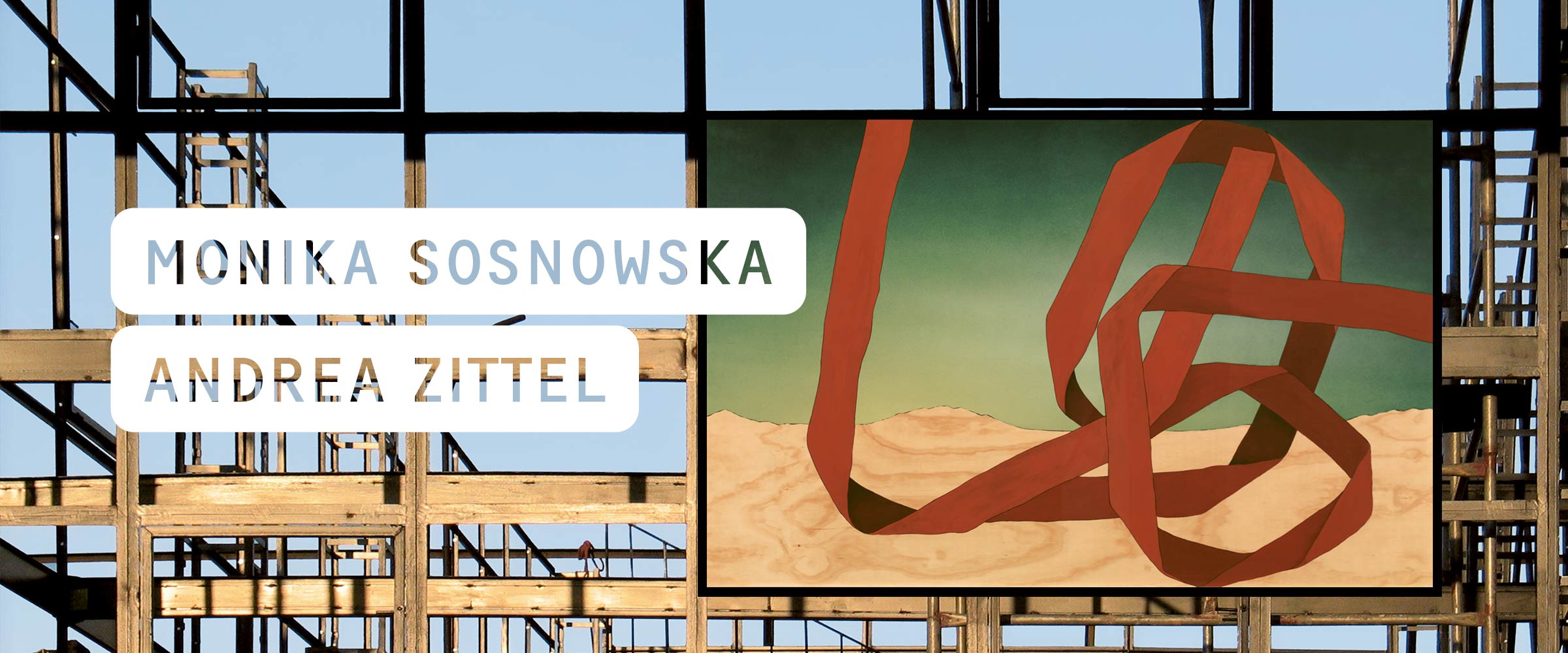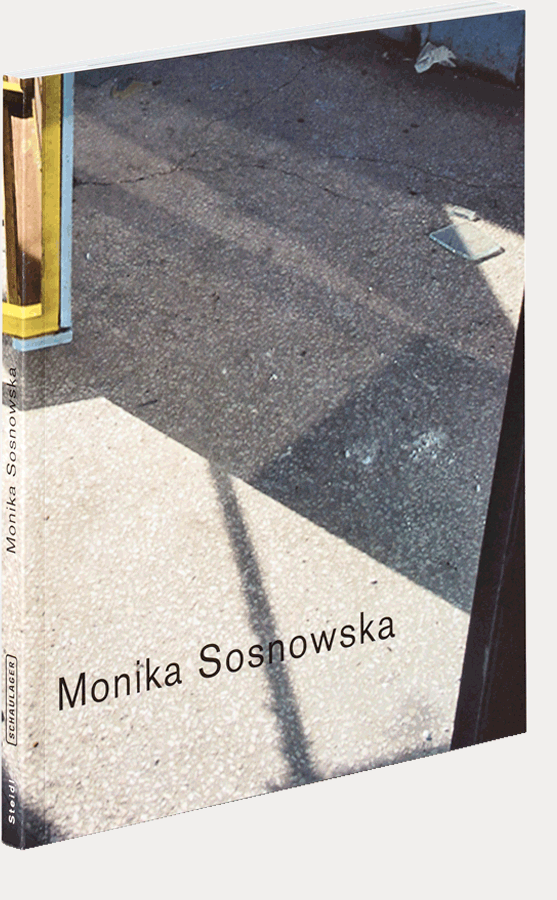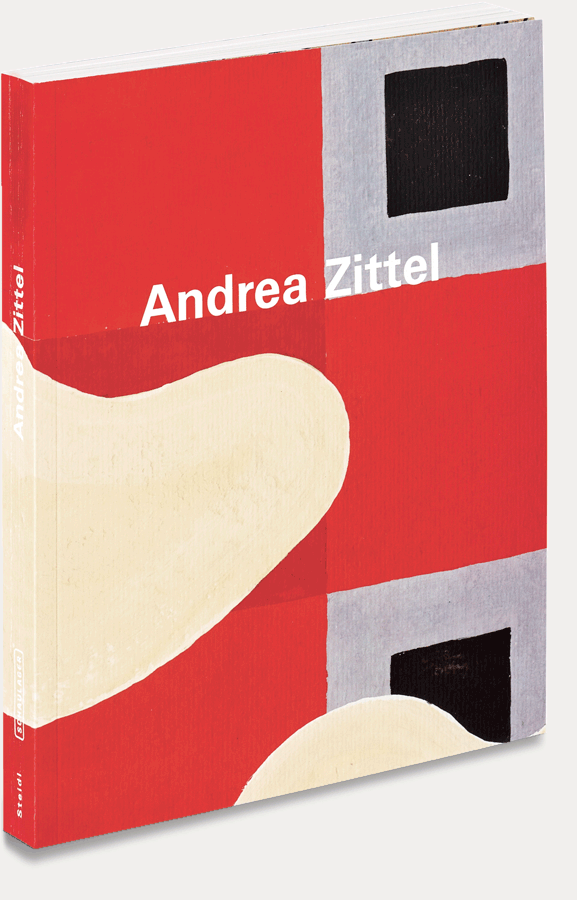Monika Sosnowska (born 1972, Poland) and Andrea Zittel (born 1965, California) are the protagonists of this exhibition. It features a group of nine sculptures, some of them on a monumental scale, by Monika Sosnowska, located in the open space of schaulager's lower floor. On the upper Floor is a compact sequence of furniturelike objects, spatial forms and objects as well as numerous gouaches, drawings and paintings on wood that reveal the diverse universe that Andrea Zittel has been creating since 1992.
The ‘1:1’ of the exhibition’s title refers, firstly, literally to the actual scale of many works by Monika Sosnowska and Andrea Zittel, which is unusual and striking. Secondly, it emphasises the fact that the artistic creativity of Zittel and Sosnowska takes place in a space between art and reality, which is the source of its fascination.
Both artists are reacting to their specific surroundings, to architecture, living space, lifestyles and tradition: in New York and Los Angeles in Zittel’s case, and in twenty-first-century Warsaw in Sosnowska’s. Andrea Zittel does so by designing and creating spaces, furniture and objects which are apparently meant to be used. Monika Sosnowska does so with fictional spatial forms,
with mental explorations of space which have taken concrete form. Both are constructed on a one-to-one scale.
All of the objects Andrea Zittel has included in her multipart installation at Schaulager recall contexts connected with forms of and spaces for housing. The constructions and objects are minimalist, beautiful and perfect in form. They usually look new and exemplary, but at the same time seem to be clearly related to specific individuals. Her colourful gouaches and other paintings are sketches and illustrations which seem to document the emergence of Zittel’s life plan in a fascinating mixture of the anonymous report and the diary. Never before have so many of them been shown together.
The sculptures which Monika Sosnowska has put together for a spacious installation at Schaulager are in part entirely new or set up in completely different ways. In terms of form and materials, they recall parts of unfinished – or dilapidated or never completed – buildings, and look as if a construction site was the starting point of their creation. In moving from the ‘construction site’ to the exhibition space, however, they have become autonomous and transformed into subjects that in some cases adopt fantastic forms.



